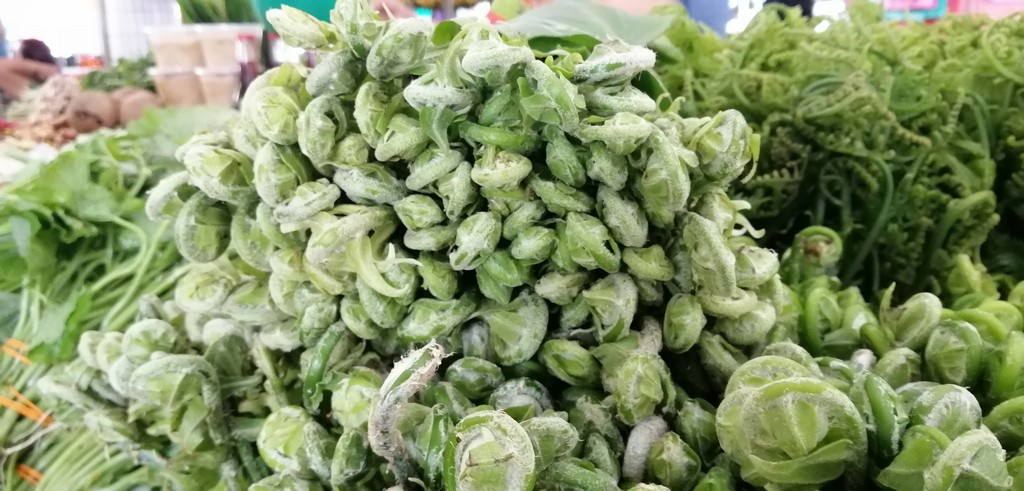Food is more than just a mean of survival as it can represents one’s culture, tradition and heritage.
In Sweden for instance, it is important that all family members eat the same food as a symbol of egalitarianism, while some countries considered it inappropriate to talk at the dining table.
Sarawak is no exception when it comes to how food and culture and intertwined with each other.
Here, the diverse and multi-ethnic population in Sarawak is apparent by its wide spread of cuisine with each ethnic group has their own iconic dish, thus creating their own food identity.
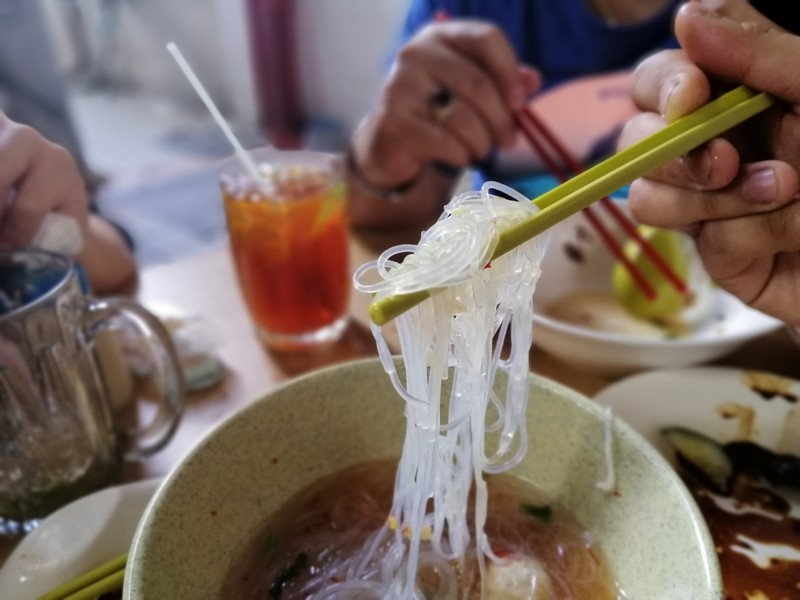
For example, the Iban community is known for their iconic manuk pansuh dish (chicken cooked in bamboo), the Kelabit with nubak layak (mashed rice cooked in Isip leaf), the Melanau with linut (delicacy made made sago starch) and Sarawak Malay with bubur pedas (traditional porridge dish).
Food plays an integral part in shaping culture and tradition by proving a sense of belonging and community within our lives.
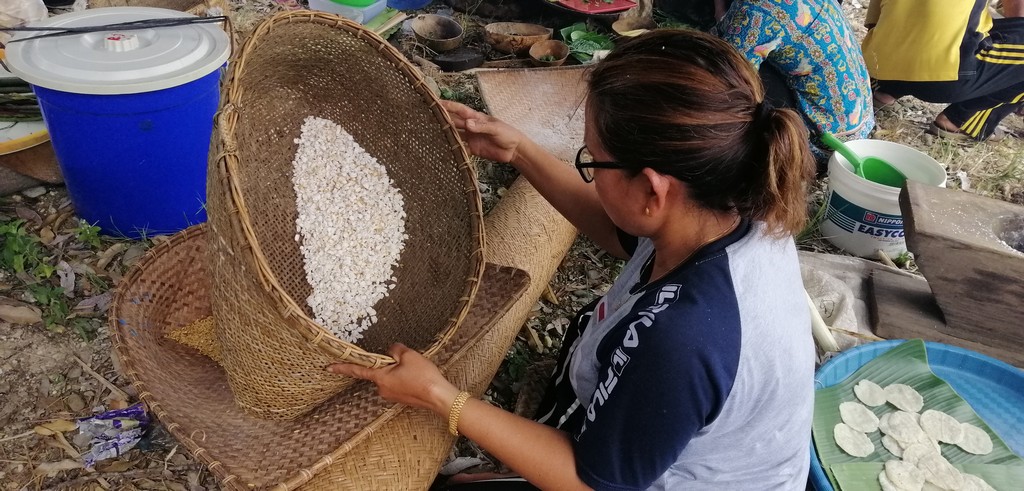
One can learn a lot about a particular culture by exploring and learning more about their food.
In Sarawak, it is well-known that most of the festive dishes in Sarawak is typically prepared and consumed in groups.
For example, kelupis (traditional rice cake) is prepared by the Lun Bawang and Bisaya community typically for guests during wedding ceremonies.
As kelupis is a snack served during celebration, preparing kelupis is a communal activity by families and close friends as it needs to be prepared in mass amount to guests.
Among the Iban community, it is not an uncommon sight to see a group of women preparing the penganan (a type of dessert or snack) batter and frying them together before Gawai.
Penganan is made out of rice flour, wheat flour, palm sugar and enough water to mix the ingredients into a batter.
Bubur pedas it typically made in bulk and distributed among to the Malay community during fasting month.
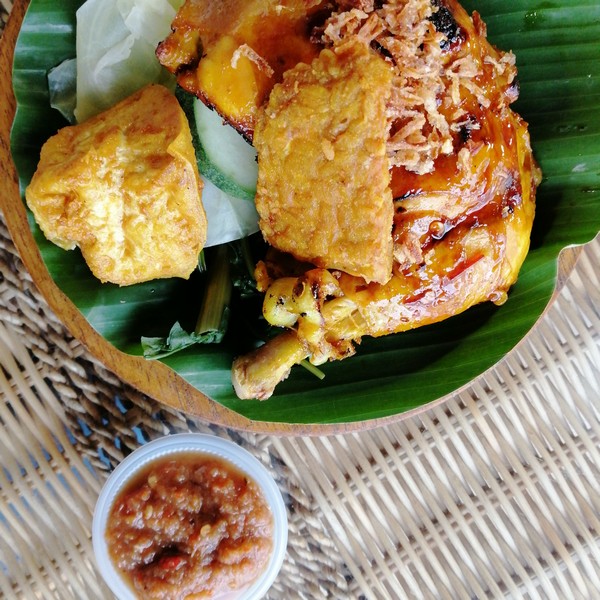
In research titled ‘Rice Beer and Social Cohesion in Kelabit Highlands, Sarawak’ by Monica Janowski, it was said that drinking borak (Orang Ulu’s rice wine) alone is not considered appropriate as it should be shared with others.
Religions may also play an important part in food as some food belief and practices are due to religious belief.
Around the world, Muslims fast during Ramadan, believed to be the month during which the Qur’an, the Islamic holy book, was given from God to the Prophet Muhammad.
Many followers of Buddhism and Hinduism, are vegetarians, in part, because of a doctrine of noninjury or nonviolence.
In Sarawak, food also plays an important part in religious ceremonies.
For instance, among the food items used by the Iban community for their miring ceremony includes penganan iri (sweet glutinous rice cake), penganan jala (crispy rice cake) poprice, hard boiled eggs, and tuak (rice wine).
Apart from the different types of dishes that is consumed by the various ethnic groups, the ingredients, method of preparation as well as the preservation techniques involved may also differ from each other.
The food consumed are influenced by various factors. And one of the main factors is the availability of the ingredients (and condiments) to evoke unique taste and flavours that define the food.
This also depends on the most convenient way of preparing the dish to match the appetite of the community eating it as well as the method of preserving the food so that it can last longer.
In Sarawak, there are various ways to cook dishes, the most typically one is to cook dishes in bamboo. Aside from that, each ethnic groups have different or almost similar methods in preserving their food to make it last longer.
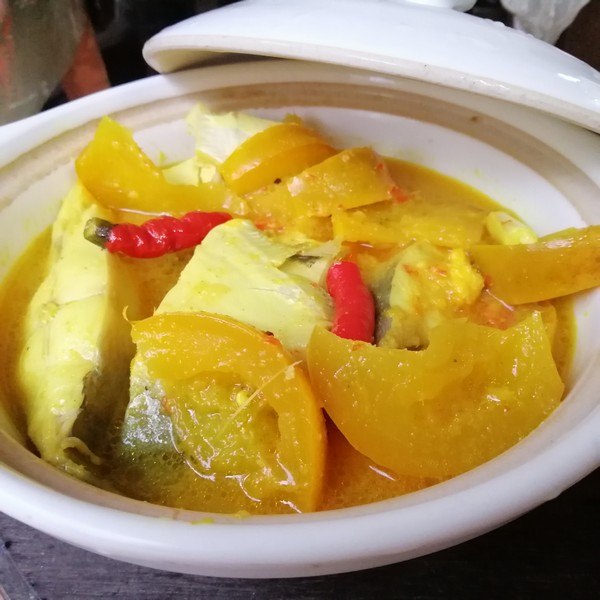
Hence, this is why some dishes, while it may be similar can often varies depending on the landscape and history that each group uniquely experienced.
Typically, the type of food that we consumed also depends on the cultural background of our family.
On an individual level, we grow up eating the food synonym to our culture and this it becomes a part of who we are.
Each family may have their own way of preparing the food as well as the recipe may have been tweaked by each family to suit their preferences. This is often happened in multiracial families.
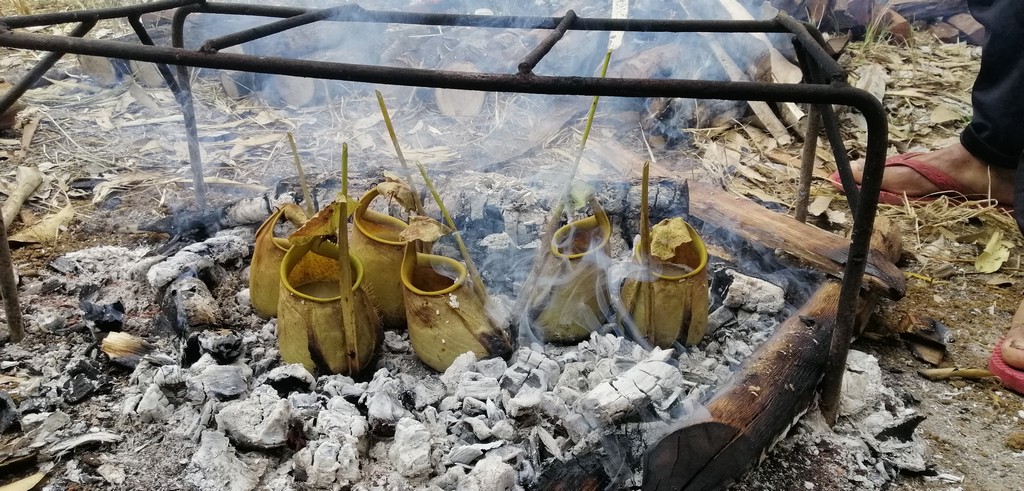
For this reason, plenty of dishes especially traditional dishes hold immense personal value to us.
On a community level, food is an integral part of culture as it is an expression of cultural identity.
Traditional cuisine may also be a symbol of pride for plenty of people as it shapes our identity and makes them unique.
The way the food is being prepared and consumed has been passed down from generations to generations.
By continuing to pass down traditional food, we are preserving our cultures and passing them to the next generations.
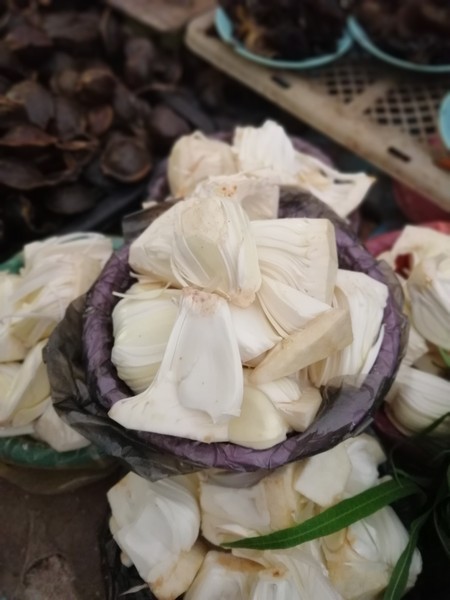
Tweaking of food recipe may also occur to meet the needs of the generation at specific time period.
For example, ingredients that may not be so readily available is readily available everywhere now or perhaps diet and nutrition requirements are now different.
However, alteration of traditional dishes continues to maintain its cultural significance and uniqueness, while at the same time creating new flavours. While the dish may be slightly different, the dish still maintains the history behind it.
Food can be considered as a gateway to another culture and tradition.
It is important to remember that each dish especially traditional ones have a special place in the culture to which it belongs, and is special to those who prepare it.


